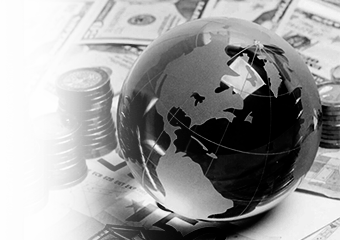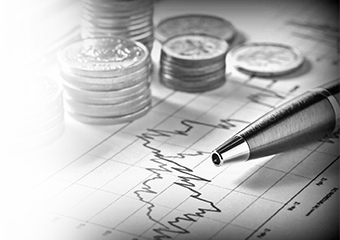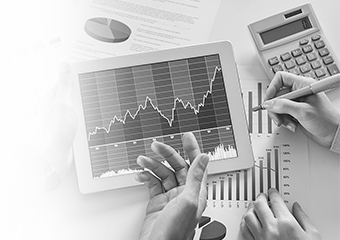Key indicators of economic sectors development
Main indicators
1991-2016
- In 2016, services accounted for 45.2%, agriculture – 34.1%, industry – 19.5%
2017-2020
- In 2020, the industry was 27.4%, services – 38.8%, agriculture – 33.8%
Industrial production volume increased 3.2 times
1991-2016
- in 2016 – 111.9 trillion soums
2017-2020
- in 2020 – 369 trillion soums
Expected results in 2030
- It is planned to increase the average annual growth rate of the industry by 7.5-7.8% and gross production by 2.1 times. Industry's share in gross value added to increase by 34.7%
The volume of production of consumer goods in industry increased by 3 times
1991-2016
- In 1991, it was 39.2%, and in 2016 it increased to 43.1% or 11.3 times
2017-2020
- In 2017-2020, the average annual growth rate was 105.5%, while the overall growth rate in the same years was 123.2%
Expected results in 2030
- The share of production of consumer goods in the industry will reach 51.5%, and the expected growth is 3.4 times
The volume of industrial production per capita increased by 2.9 times
1991-2016
- 2016 – 3.51 million soums
2017-2020
- 2020 – 10.7 million soums
1991-2016
- In 1991-2016, the volume of industrial production in real prices quadrupled compared to 1990, and the average annual growth rate was 5.5%.
2017-2020
- Among the types of economic activities included in the industry, production of engineering products increased by 264.3%, production of other non-metallic mineral products – construction materials – by 139.2% and the metallurgical industry – by 124.8%
Expected results in 2030
- The average growth rate of the manufacturing industry will be 10.6%, and its volume will increase by 2.7 times. Its industry share will increase from 83% to 87.5%. The share of production based on high technologies in the industry will be increased from 1.9% to 8.2%. The volume of export-oriented products in gross industrial production will be increased from the current 27.9% to 42.5%.
The volume of production of agricultural products increased 2.3 times
1991-2016
- in 2016, the volume of agricultural products – 115.6 trillion soums
Including
- the volume of crop production – 61,755.1 trillion soums
- the volume of livestock production – 53,844.16 trillion soums
2017-2020
- in 2020, the volume of agricultural products – 249.8 trillion soums
Including
- the volume of crop production – 123,556 trillion soums
- the volume of livestock production – 126,198.5 trillion soums
1991-2016
- in 2016, there were no cotton and textile clusters
2017-2020
- in 2017-2020, 122 cotton and textile clusters were created
1991-2016
- In 1991-2016, organizations exporting agricultural products were obliged to sell their foreign exchange earnings to the state in full, and then 50% of the income at the official exchange rate
2017-2020
- In 2017-2020, more than 20 million tons of fruits and vegetables were grown in Uzbekistan. The country occupies a leading position in the world in the export of fruits and melons. In particular: apricots, carrots – 2nd place, quince, cherry – 3rd place, persimmon – 4th.
Expected results in 2030
- By 2030, 1.1 million hectares of agricultural land will be developed, 535.6 hectares of rain-fed, pasture and other lands will be used more efficiently. In agriculture, labour productivity will be increased 7.5 times and brought to 6.5 thousand US dollars. There will be a 30% increase in the processing of agricultural products and an increase in exports to 20 billion US dollars.
1991-2016
- In 1990-2010, the volume of the service sector increased by 1.4 times
2017-2020
- In 2010-2020, they rose 3.2 times and accounted for 38.8% of GDP. The volume and share of communication and information services (6.8 times) and financial services (11 times) grew rapidly.
Expected results in 2030
- By 2030, the nominal volume of services will be 1,580 trillion soums, and their share in GDP will exceed 50%. It is planned to increase the number of modern types of communication services by 7 times, financial services – by 27 times, international transport services – by 20 times, lodging and nutrition services – by 3.7 times, services for education, health care and sports and cultural education – on average by 5-7 times.






